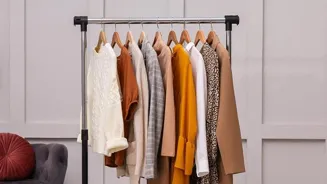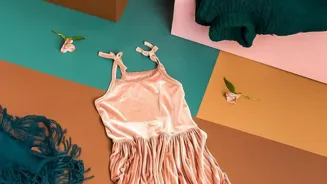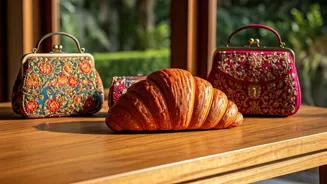Unlock Your Style: Choosing the Perfect Color Palette for Your Desi Wardrobe. Dive in to discover the hues that suit you best!
Fashion, as we all know, isn't just about following trends blindly. It’s about expressing
yourself, feeling confident, and projecting the best version of you. One of the most vital elements in achieving this is choosing the right color palette for your wardrobe.
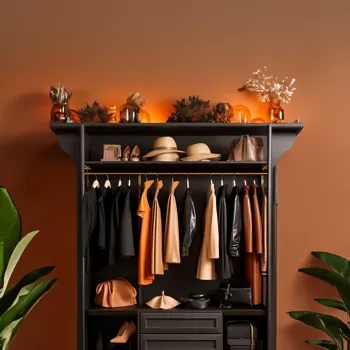
Forget those international fashion gurus for a minute, let’s talk about how to pick colours that work for you, keeping in mind the Indian climate, skin tones, and overall aesthetic.
After all, what looks great on a runway in Paris might not exactly translate to the streets of Delhi or Mumbai, agree?
Choosing colors to complement your complexion is key for a standout wardrobe
Choosing colours isn't just about what you like aesthetically, although that's important too! It’s about understanding which colours actually complement your complexion and bring out your best features.
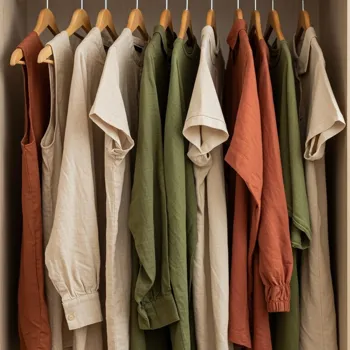
Think of it like finding the perfect spices for a dish – you need the right balance to enhance the base flavour. For us Indians, with our diverse range of skin tones, this means moving beyond the basic "fair" and "dark" categories. We need to consider warm, cool, and neutral undertones.
So, how do you figure out your undertone? A simple trick is to look at the veins on your wrist in natural light. Bluish or purplish veins usually indicate cool undertones, while greenish veins suggest warm undertones.
If you can’t really tell, you likely have neutral undertones, making you fairly versatile with colour choices. Once you’ve cracked this code, you are more than halfway to creating a wardrobe that truly shines.
Discover your undertone for a perfect color palette in your wardrobe
Now that you know your undertone you can proceed to build the color palette for your ward robe. For cool undertones, colours such as blues, purples, pinks and emerald greens will look fantastic. These shades will give you a glowing look.
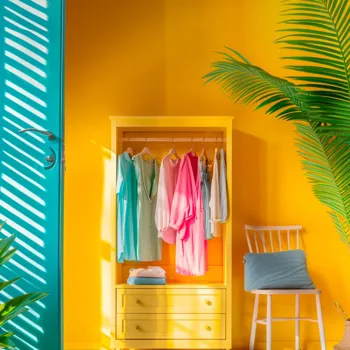
If you have warm undertones, embrace earthy tones like oranges, yellows, golds and olive greens. These colours will make your skin look vibrant and healthy. If you have neutral undertones, you are blessed! You can rock almost any colour family.
Experiment with both warm and cool tones to see what you like the best. Don't be intimidated, start with small steps. First, shop for a few colours, keeping some of them dark and some light. As you feel more confident you can include the shades you like more.
Indian climate influences clothing colors: light for summer, jewel tones for monsoon, rich hues for winter, neutrals as foundation
The Indian climate plays a huge role. Imagine wearing a dark maroon outfit in the scorching Delhi heat – not the most comfortable, right? Light and airy fabrics in lighter shades are ideal for summer. Think pastel kurtis, white linen shirts, and flowy cotton dresses.
For the monsoon season, embrace jewel tones that pop against the grey skies – think emerald greens, sapphire blues, and ruby reds. Colder months allow for richer, deeper colours like maroons, deep purples, and forest greens. Also, don’t forget the power of neutrals.
A well-curated collection of whites, creams, beiges, greys, and blacks can form the foundation of your wardrobe, allowing you to mix and match with bolder, more colourful pieces. Think of these as essential ingredients for your cooking – you can build countless flavourful dishes with them.
Build a versatile wardrobe with a gradual color palette process
There's no need to throw out your entire wardrobe and start from scratch. Building a colour palette is a gradual process. Start by identifying the colours you already own and love to wear. Then, use these as a foundation to build upon. Introduce complementing colours one piece at a time.
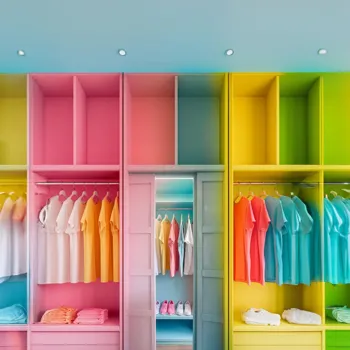
For example, if you love wearing blue, pair it with lighter shades like white or grey, then experiment with bolder shades like yellow or even orange. Consider your lifestyle when choosing colours. If you work in a corporate environment, you may need more neutral and professional colours.
If you're a student or in a more creative field, you have more room to experiment with bolder and brighter hues. Remember, the goal is to create a wardrobe you will like to wear!
Vary shades, textures, prints for diverse looks; cohesive wardrobe
Do not think that sticking to your colour palette means your looks will become too repetitive. The thing is, creating an endless collection of unique looks can be achieve by varying shades, texture and prints.
Suppose if you pick a blue shade for your wardrobe, you can find various shades such as sky blue, royal blue, navy blue, and teal, each offering a slightly different vibe. Texture makes a big difference! A cotton indigo kurti has very different appeal than that of a silk navy blue saree.
Similarly, dont be afraid of getting creative with prints, like Ikkat, Kalamkari, and floral prints. Your wardrobe can be both cohesive and diverse. With the right planning and care, it will be easy to have a versatile, eye-catching wardrobe.
Fashion is about confidence and self-expression through color experimentation
Finally, remember that these are just guidelines. Fashion is ultimately about feeling confident and comfortable in your own skin. Don't be afraid to break the rules and experiment with colours that make you happy. If you love wearing a colour that ‘isn’t technically’ in your palette, go for it.

Confidence is the best accessory, after all. The most important thing is to have fun and create a wardrobe that reflects your unique personality and style. Ultimately, the perfect colour palette is the one that makes you feel like the absolute best version of yourself.
So go ahead, explore, experiment, and create a wardrobe that is as vibrant and diverse as you are!
AI Generated Content. Glance/InMobi shall have no liability for the content
